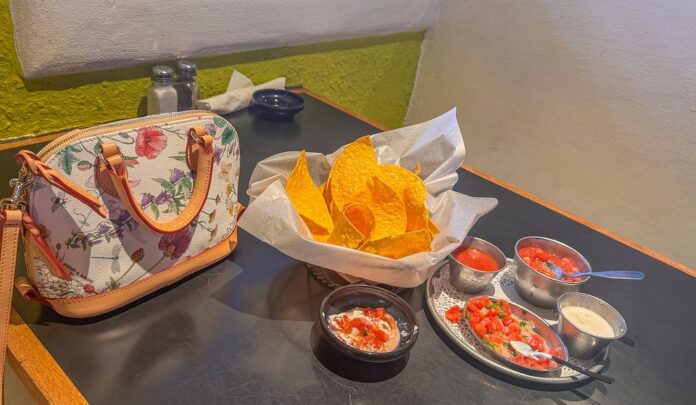The Future of Mexican Restaurant Formats: Adapting to Changing Consumer Preferences
Mexican cuisine has long been a favorite among food lovers worldwide, with its bold flavors, diverse ingredients, and vibrant colors. However, as consumer preferences evolve and dining trends shift, Mexican restaurants are faced with the challenge of adapting to meet the changing demands of their customers. In this report, we will explore the future of Mexican restaurant formats and how industry players are responding to these shifts.
Current Landscape of Mexican Restaurants
The Mexican restaurant industry has traditionally been dominated by fast-casual chains like Chipotle and Qdoba, offering customizable burritos, tacos, and bowls. These chains have been successful in catering to the on-the-go lifestyle of modern consumers, providing quick and affordable options for those looking for a convenient meal.
Financial Data
According to market research firm IBISWorld, the Mexican restaurant industry in the United States is a $45 billion market, with an annual growth rate of 2.4% over the past five years. Fast-casual chains make up a significant portion of this market, with Chipotle leading the way in terms of revenue and market share.
Consumer Preferences
However, consumer preferences are shifting towards more authentic and regional Mexican cuisine, as diners become more adventurous and seek out unique dining experiences. This has created an opportunity for traditional Mexican restaurants to gain traction in the market, offering dishes that are not typically found in fast-casual chains.
Adapting to Changing Consumer Preferences
In order to stay relevant and appeal to a wider customer base, Mexican restaurants are exploring new formats and concepts that cater to the evolving tastes of diners. One trend that has emerged is the rise of upscale Mexican restaurants, offering fine dining experiences with a focus on high-quality ingredients and innovative dishes.
Industry Insights
Chef-driven Mexican restaurants like Cosme in New York City and Broken Spanish in Los Angeles have gained popularity for their creative take on traditional Mexican cuisine, showcasing the culinary diversity of the country. These restaurants often feature tasting menus, craft cocktails, and unique dining experiences that set them apart from traditional Mexican eateries.
Market Analysis
According to a report by Technomic, sales at upscale Mexican restaurants have grown by 10% in the past year, outpacing the overall restaurant industry. This growth can be attributed to the increasing demand for elevated dining experiences and the willingness of consumers to spend more on high-quality food and service.
Emerging Formats in the Mexican Restaurant Industry
In addition to upscale dining options, Mexican restaurants are also experimenting with new formats to attract a broader customer base. One trend that has gained traction is the fusion of Mexican cuisine with other culinary traditions, creating unique and innovative dishes that appeal to a diverse audience.
Case Study: Kogi BBQ
One example of this trend is Kogi BBQ, a food truck in Los Angeles that gained fame for its Korean-Mexican fusion cuisine. By combining traditional Korean flavors with Mexican ingredients, Kogi BBQ created a new and exciting dining experience that resonated with customers and garnered a loyal following.
Industry Trends
Other emerging formats in the Mexican restaurant industry include fast-casual taquerias, gourmet food halls featuring multiple Mexican vendors, and virtual restaurants that operate solely through delivery apps. These formats cater to the diverse needs and preferences of modern consumers, providing options for dine-in, takeout, and delivery.
Conclusion
As consumer preferences continue to evolve, Mexican restaurants must adapt and innovate to stay competitive in the market. By exploring new formats, embracing culinary trends, and offering unique dining experiences, Mexican eateries can attract a wider customer base and thrive in an increasingly competitive industry. The future of Mexican restaurant formats is bright, with plenty of opportunities for growth and success for those willing to embrace change.




